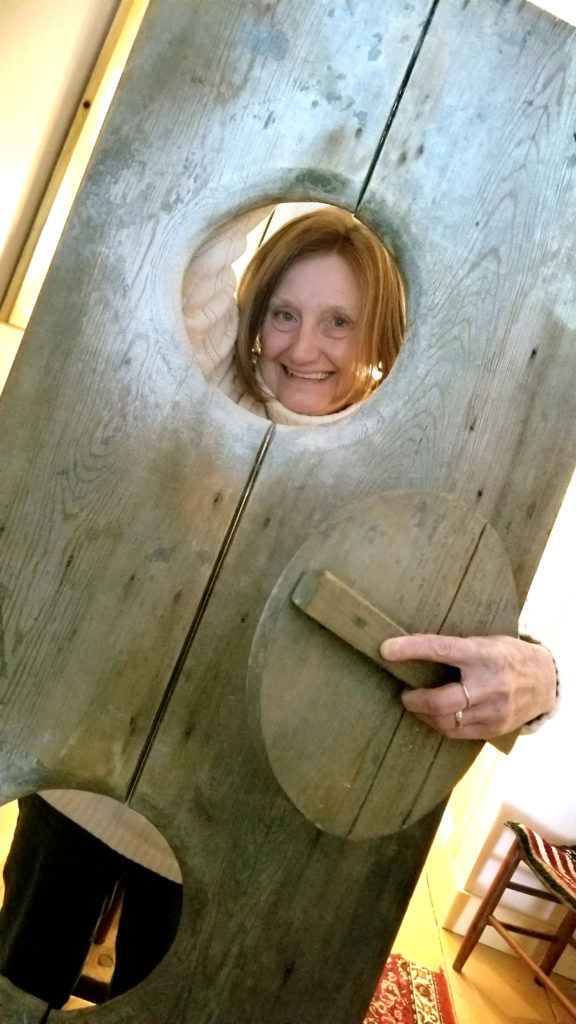Reprinted From This Week's
Freeman's Journal & Hometown Oneonta
Innkeeper Asks: Did
Van Buren Sit HERE?
By LIBBY CUDMORE • Special to www.AllOTSEGO.com

CHERRY VALLEY – During home renovations, Barbara Hall and her husband, Gary Lozier, found where President Martin Van Buren likely sat when he visited the village in 1839.
Not a chair. A toilet seat.
“The whole back room was garbage,” she said of the former Story Tavern, now her refurbished home at 171 Main St. “As we were cleaning it out, we realized the outhouses were there.”
Following his election as president in 1837, Van Buren came through the village in September 1839 to meet with his constituents, following a similar reception in Cooperstown the day before.
“The Village had a reception at the Story Tavern and he certainly had some nice fare and something to drink,” she said. “Certainly, he used the outhouse.”
You have reached your limit of 3 free articles
To Continue Reading
Our hard-copy and online publications cover the news of Otsego County by putting the community back into the newspaper. We are funded entirely by advertising and subscriptions. With your support, we continue to offer local, independent reporting that is not influenced by commercial or political ties.

